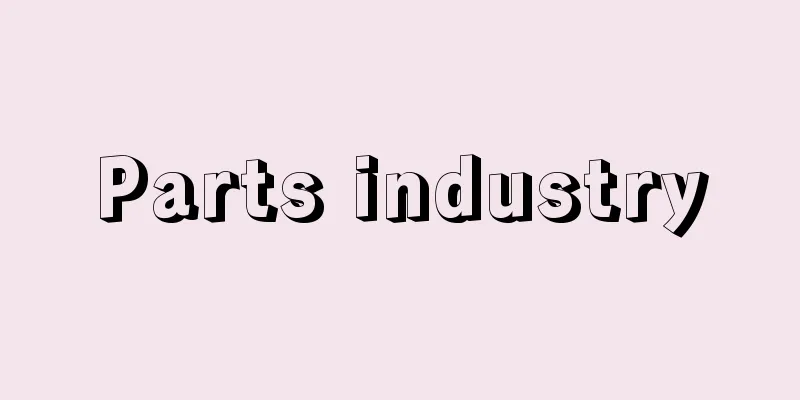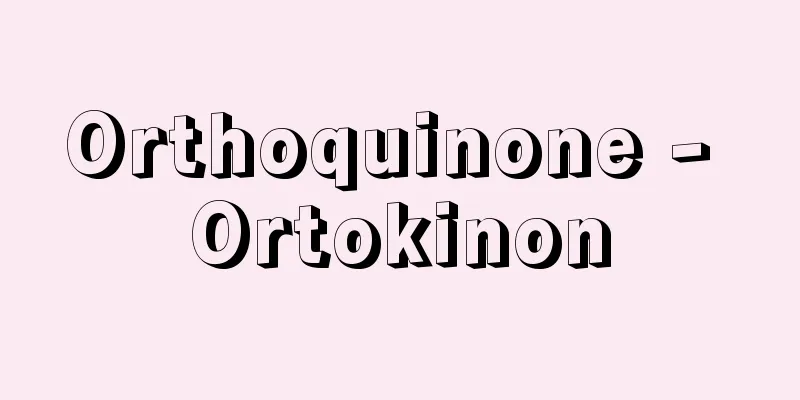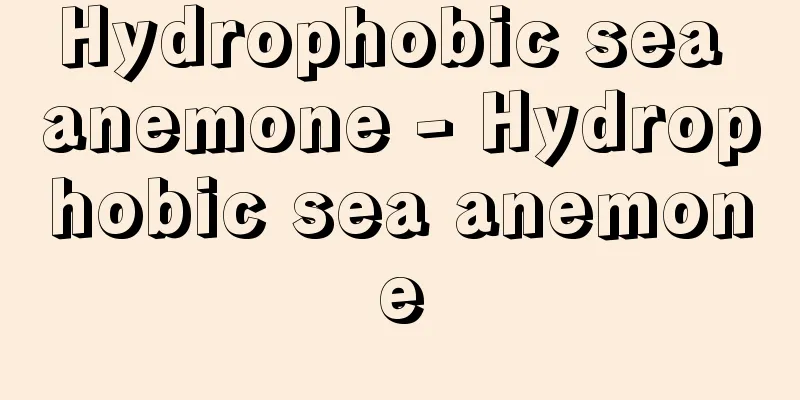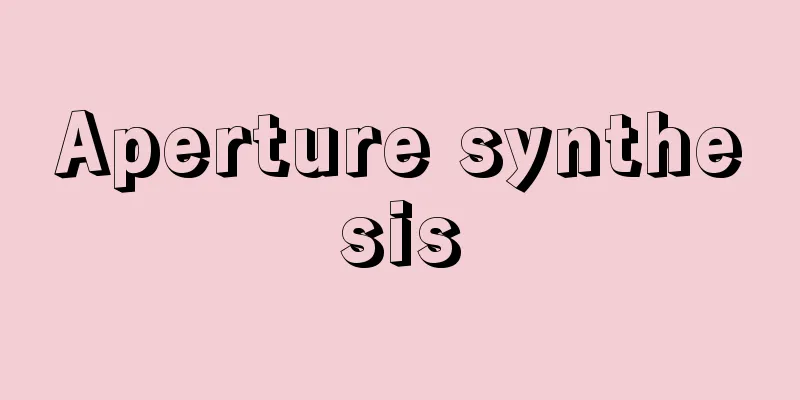Ship Inspection - Senpakukensa

|
Inspection of the hull, engine, equipment and load line for the safety of the ship. It is carried out by the government (local transport bureau) based on the Ship Safety Act, but ships other than passenger ships that are classified by Nippon Kaiji Kyokai are considered to have passed all inspections except for certain inspections. When a ship over 30 meters in length is built, the shipyard that manufactured it undergoes a manufacturing inspection. This inspection includes inspections of the welding and assembly of each part of the hull that would be impossible to do otherwise, hydrostatic tests of watertight compartments, and tests of the main engine and various other machinery and equipment. This manufacturing inspection is carried out for each new ship, which is a major difference from the type approval system for automobiles and aircraft. When a ship is completed, the shipowner undergoes the first regular inspection, and if it passes, a ship inspection certificate is issued and the ship is allowed to sail. After that, a regular inspection of the structure and equipment as a whole, the most stringent of the regular inspections, is carried out every four years. In addition, intermediate inspections are carried out every year or two depending on the type of ship between regular inspections. In addition to the regular inspections mentioned above, there are also special inspections, special navigation inspections and special inspections. Extraordinary inspections are conducted when important modifications, repairs, changes to the load line, etc. are carried out outside of the regular inspection period. Extraordinary inspections are required for ships that do not have a ship inspection certificate, such as new ships, or for ships that are undergoing inspection and have a suspended certificate. Special inspections are conducted with a limited public notice of the type and size of the ship, for example, when ships with similar conditions are prone to accidents due to insufficient maintenance. [Morita Tomoharu] Source: Shogakukan Encyclopedia Nipponica About Encyclopedia Nipponica Information | Legend |
|
船舶の安全のために行われる船体、機関、設備および満載喫水線に関する検査。船舶安全法に基づいて国(各地の運輸局)が行うが、旅客船以外で日本海事協会の船級をもつ船は、特定の検査を除き合格したものとみなされる。長さ30メートル以上の船を建造するときは製造者である造船所が製造検査を受ける。製造工程でなければ不可能な船体各部の溶接や組立ての検査、水密区画の水圧試験、主機関はじめ各種機械・設備の試験などがある。この製造検査は各新造船ごとに行われる点が自動車や航空機の型式承認制度と大きく異なる。船が完成すると船舶所有者が第1回定期検査を受け、合格すると船舶検査証書が交付されて航行が許可される。その後は4年目ごとに、定例的な検査のなかでもっとも厳重な構造・設備全般の定期検査が行われる。また、定期検査の間には船の種類により1年または2年ごとの中間検査がある。以上の定例的な検査のほかに、臨時検査、臨時航行検査と特別検査がある。臨時検査は、重要な改造や修理、満載喫水線の変更などを定例的な検査の時期を外れて行う場合に受ける。臨時航行検査は、新造船のように船舶検査証書をもたない船や、たとえば受検中で証書の効力が停止されている船に必要である。特別検査は、たとえば類似した条件の船が保守管理が不十分なため事故が多発するようなときに、船舶の種類や大きさなどの範囲を限定公示して行う。 [森田知治] 出典 小学館 日本大百科全書(ニッポニカ)日本大百科全書(ニッポニカ)について 情報 | 凡例 |
Recommend
Kartagenatokon - Kartagenatokon
...It has long been used by local people in South...
Pentagram
…The Philippine name for some trees and their woo...
Burtsev, VL (English spelling) BurtsevVL
...His final act was an attempt to assassinate th...
Thun (English spelling)
A city in the central part of Switzerland, in the ...
PVDF
…The main physical properties of tetrafluororesin...
Chorus (from the Latin word chorus)
Singing by a group. Chorus. The simplest form of ...
Unaltered Standards - Deep Standards
A law presumably established by Emperor Tenchi re...
The gods are thirsty
...This prompted the author to gradually develop ...
Scheduled caste (English spelling)
… [Large domestic disparities] The Indian Constit...
Fujiwara Nobutaka - Fujiwara no Nobutaka
?-1001 A government official in the mid-Heian per...
NSF - NSF
The National Science Foundation is an independent ...
FRS (Federal Reserve System)
…the Federal Reserve Act of December 23, 1913 est...
Differentiation - Bunka
〘noun〙① When something simple divides internally, ...
Mr. Song
...the first Vietnamese local lords to gain indep...
Amédée Ozenfant
French painter. He studied drawing in his hometow...









